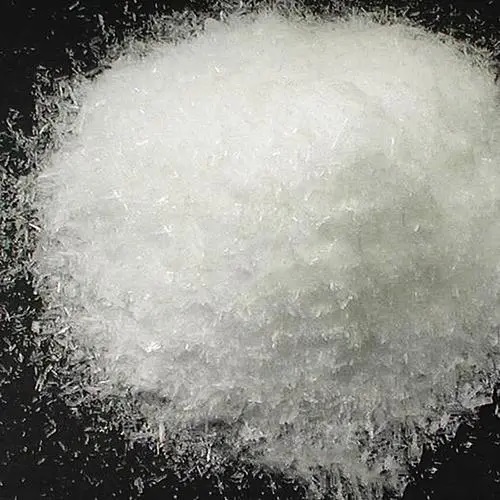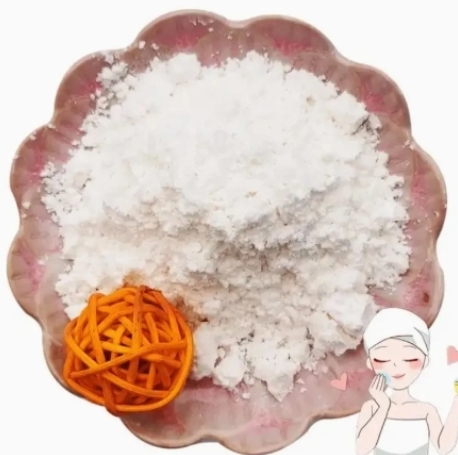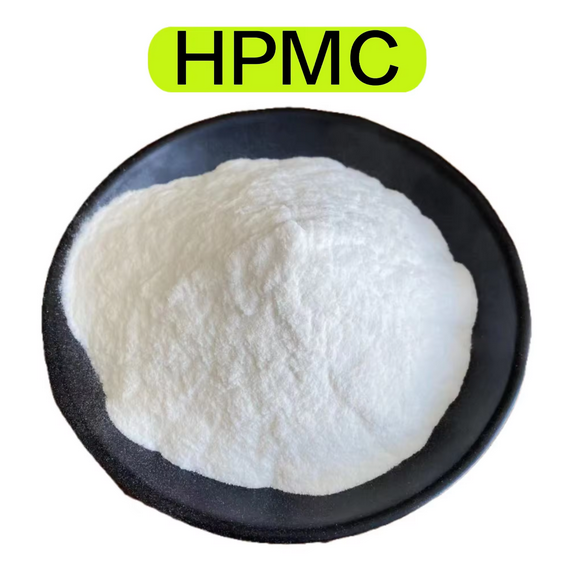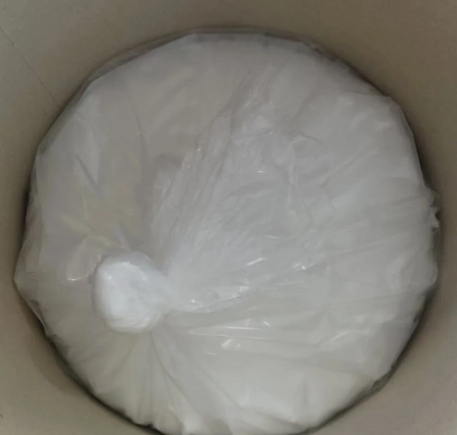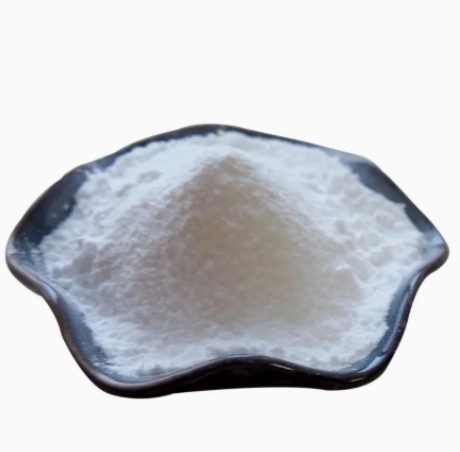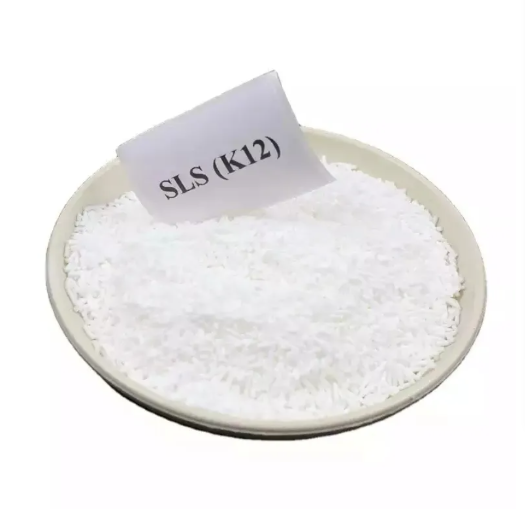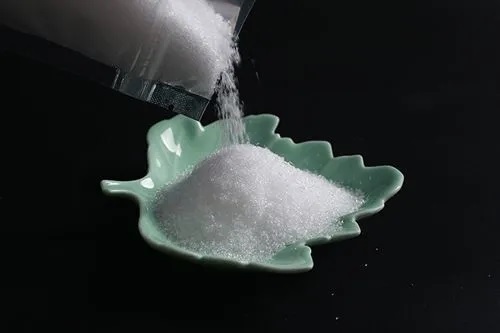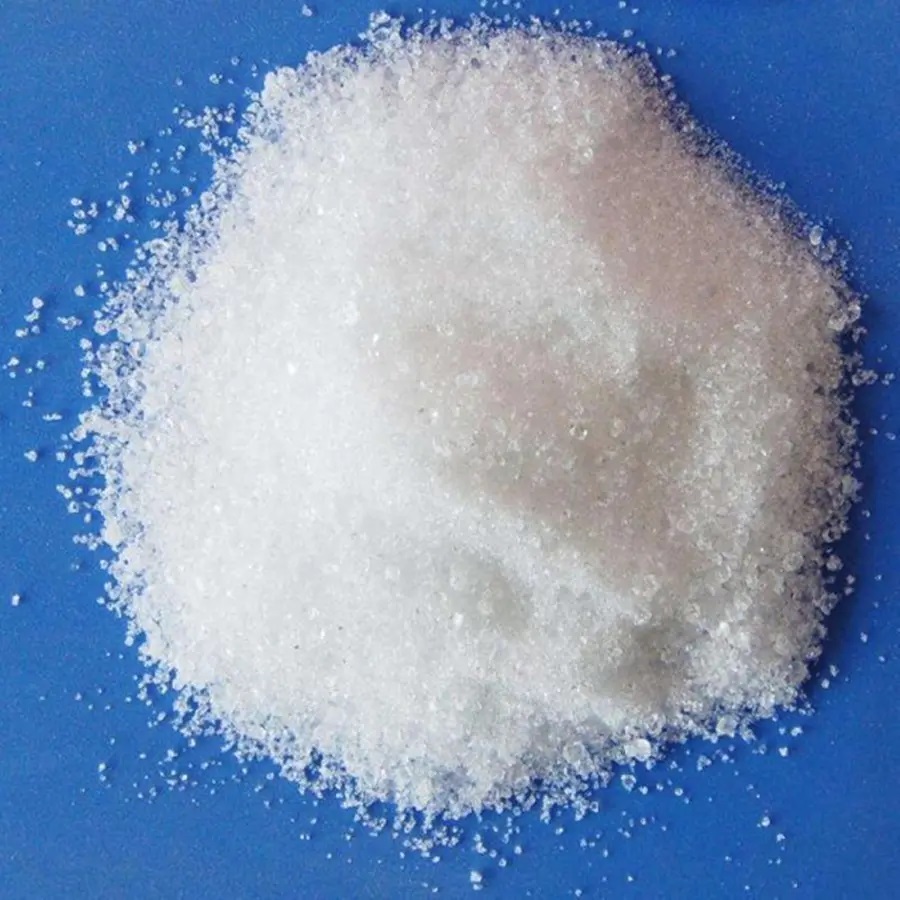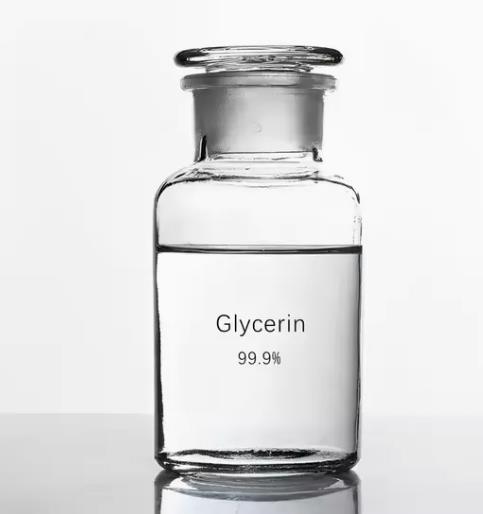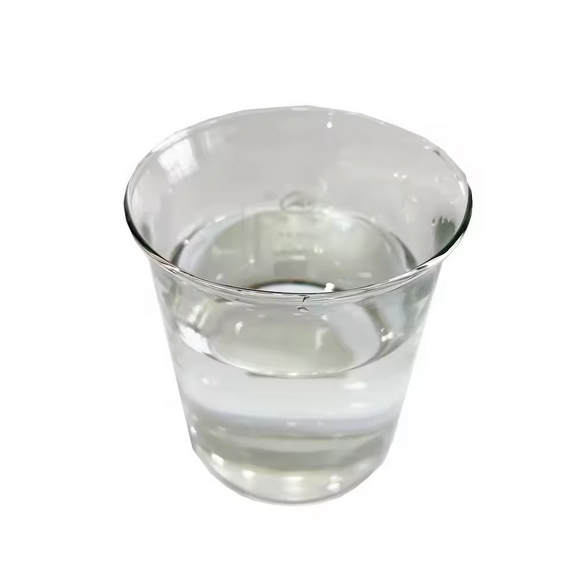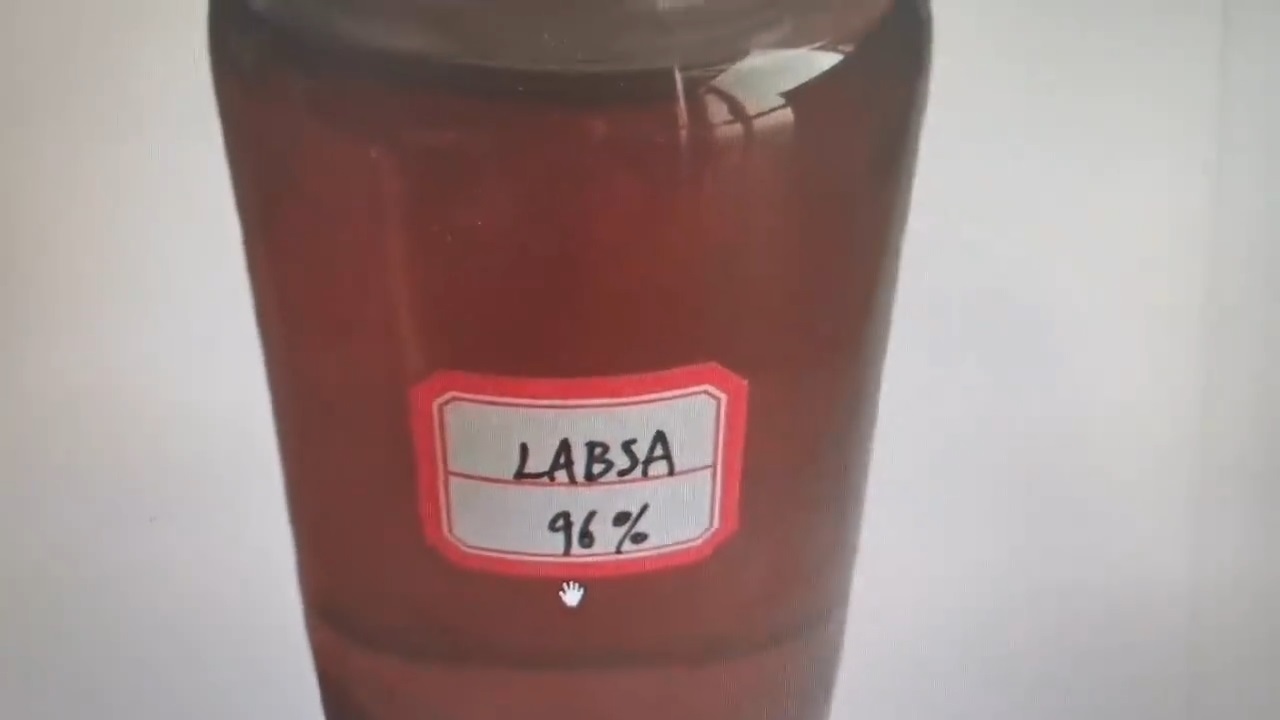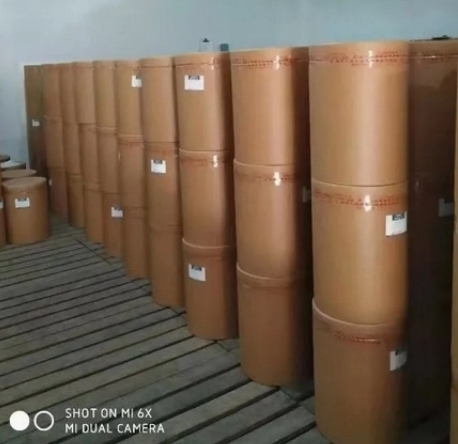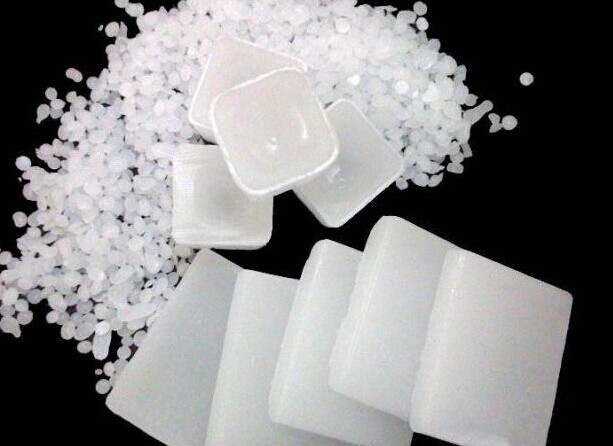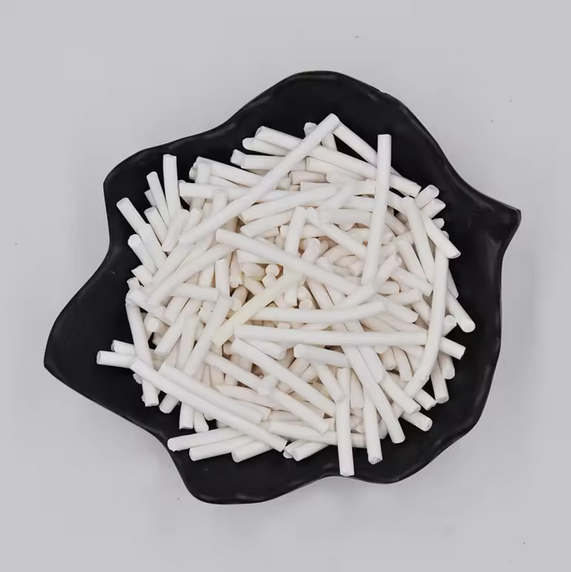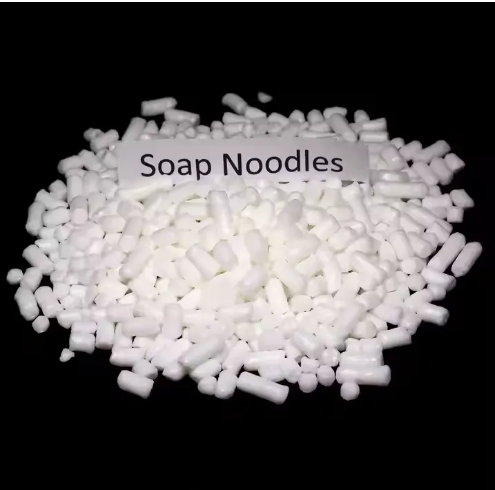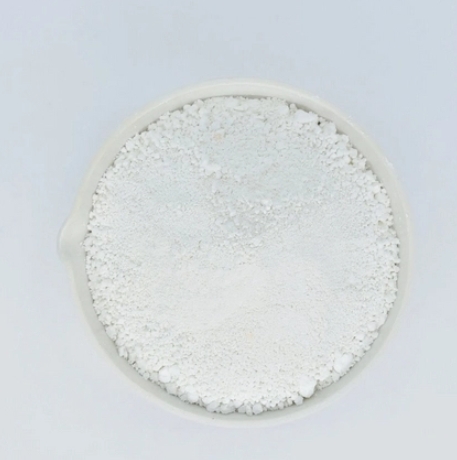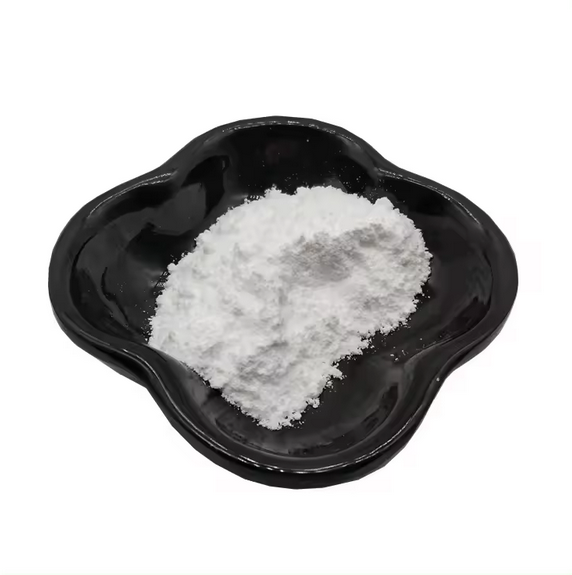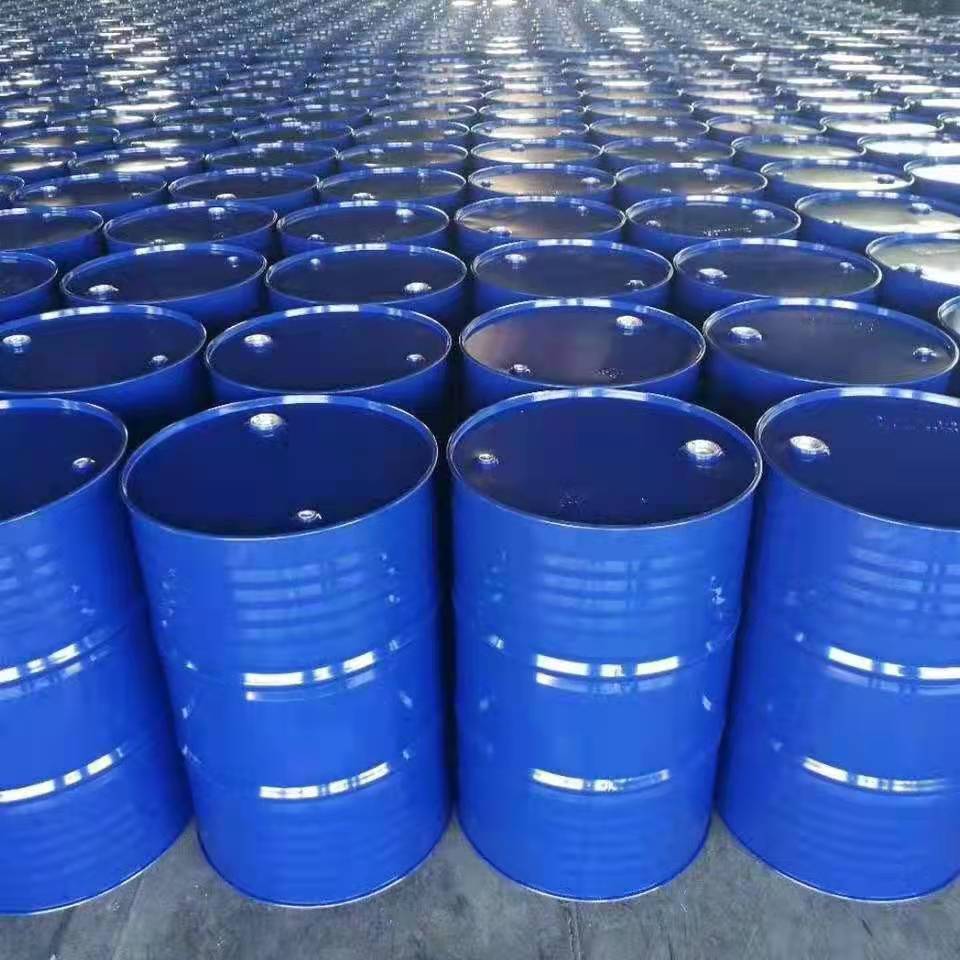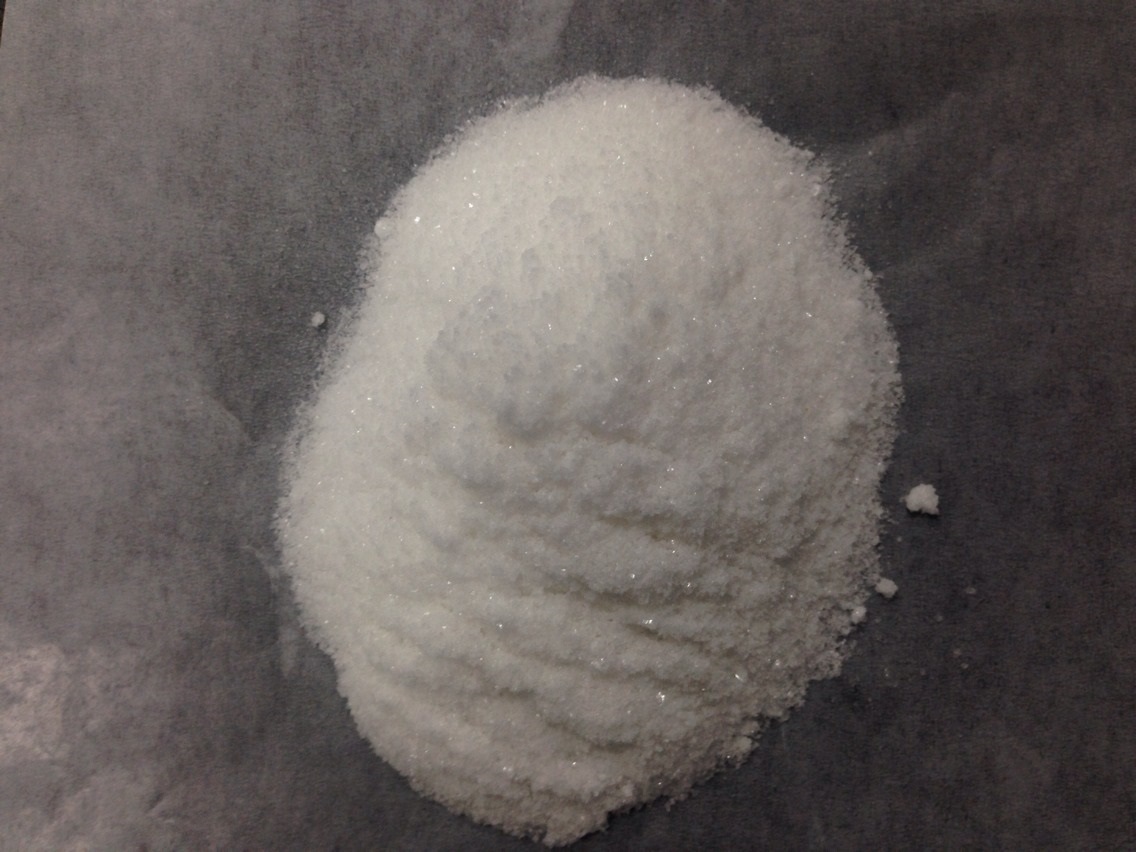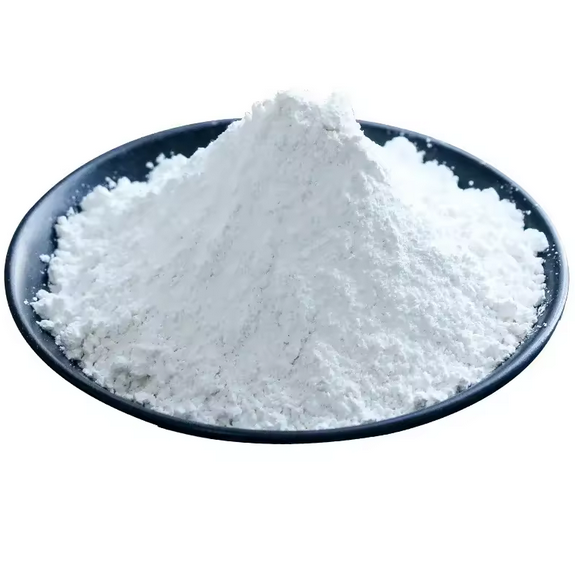Ethylene glycol methyl ether
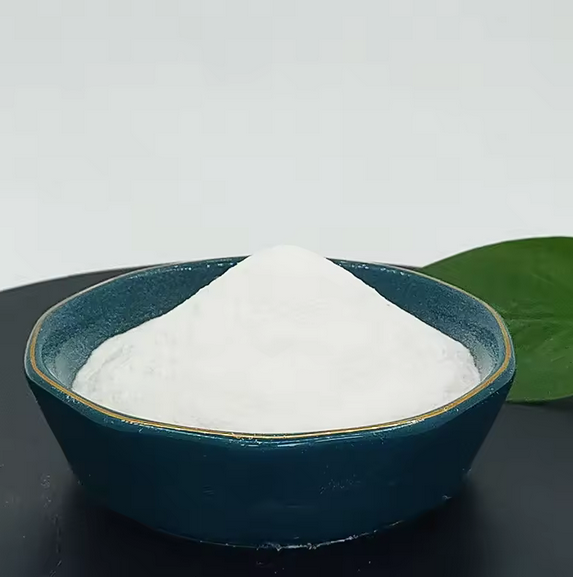
Ethylene glycol methyl ether
The chemical formula of PEGMEA is C6H10O3, and the molecular weight is 130.1418. It is a white to off-white solid at room temperature and pressure, with a melting point of 6-7°C and a density of 1.09 g/mL. The substance has good water solubility and can be dissolved in a variety of organic solvents, such as ethanol and dichloromethane.
Poly(ethylene glycol) methyl ether acrylate (PEGMEA) is an important
chemical substance with a wide range of applications and unique chemical
properties.
Chemical properties
The chemical formula of PEGMEA is C6H10O3, and the molecular weight is
130.1418. It is a white to off-white solid at room temperature and
pressure, with a melting point of 6-7°C and a density of 1.09 g/mL. The
substance has good water solubility and can be dissolved in a variety of
organic solvents, such as ethanol and dichloromethane.
Application areas
Medical research: Due to its good biocompatibility, PEGMEA is widely
used in the field of medical research, especially in drug delivery, gene
therapy and tissue engineering. It can modify the surface of materials
through copolymerization and cross-linking reactions to change its
physicochemical properties and biocompatibility.
Material science: In material science, PEGMEA can be used to prepare
high-performance polymer materials. By copolymerizing with other
monomers, the physical and chemical properties of the polymer can be
adjusted, such as mechanical properties, thermal stability and optical
properties.
Surface modification: In addition, polyethylene glycol methyl ether
acrylate is also used to modify the surface of materials to improve the
biocompatibility, anti-fouling properties and lubrication properties of
materials. Synthesis method Polyethylene glycol methyl ether acrylate is
usually synthesized by esterification or free radical polymerization.
In the esterification reaction, polyethylene glycol monomethyl ether
(mPEG) reacts with acrylic acid or its derivatives, and a catalyst such
as p-toluenesulfonic acid is usually required to increase the reaction
rate and yield. Free radical polymerization requires appropriate
initiators and reaction conditions.



